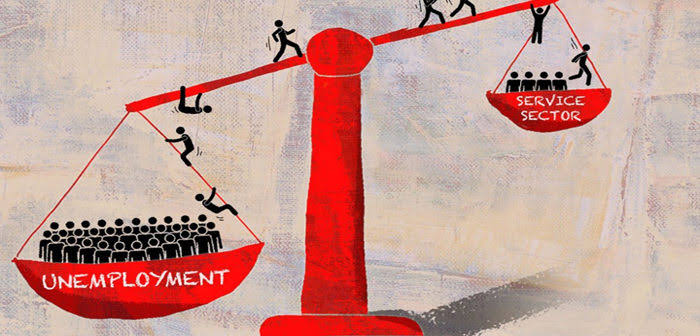The National Statistical Office’s 16th Periodic Labour Force Survey stated that the unemployment rate—defined as the percentage of unemployed people in the labour force in the nation over the age of 15 who live in urban areas—decreased to 7.2 during the second quarter of 2022–2023 from 9.8 in the preceding period.
The data also revealed that among the samples, the percentage of unemployed females in cities decreased from 11.6 in the same time period to 9.4 in the current one. In the second quarter of the current fiscal year, the proportion of unemployed men decreased to 6.6 from 9.3 in the same quarter last year.
In April–June 2022, it was 47.5%.
The term “labour force” refers to the segment of the population that provides or proposes to provide labour for engaging in economic activities for the production of goods and services, and as a result, both “employed” and “unemployed” people are included.
The percentage of unemployed people in the labour force is known as the unemployment rate.
The percentage of workers in the population is known as the worker population ratio. The workforce as measured by CWS depicts the workforce on average over a one-week period during the survey period.
From 29.5 in the second quarter of the current fiscal year to 31.5 in the same period last year, the worker population ratio decreased.
A rotational panel sampling design was employed in urban areas, according to a statement from the Ministry of Statistics and Programme Implementation, and in this rotational panel scheme, each selected household in urban areas is visited four times: once with a first visit schedule and the other three with revisit schedules.










